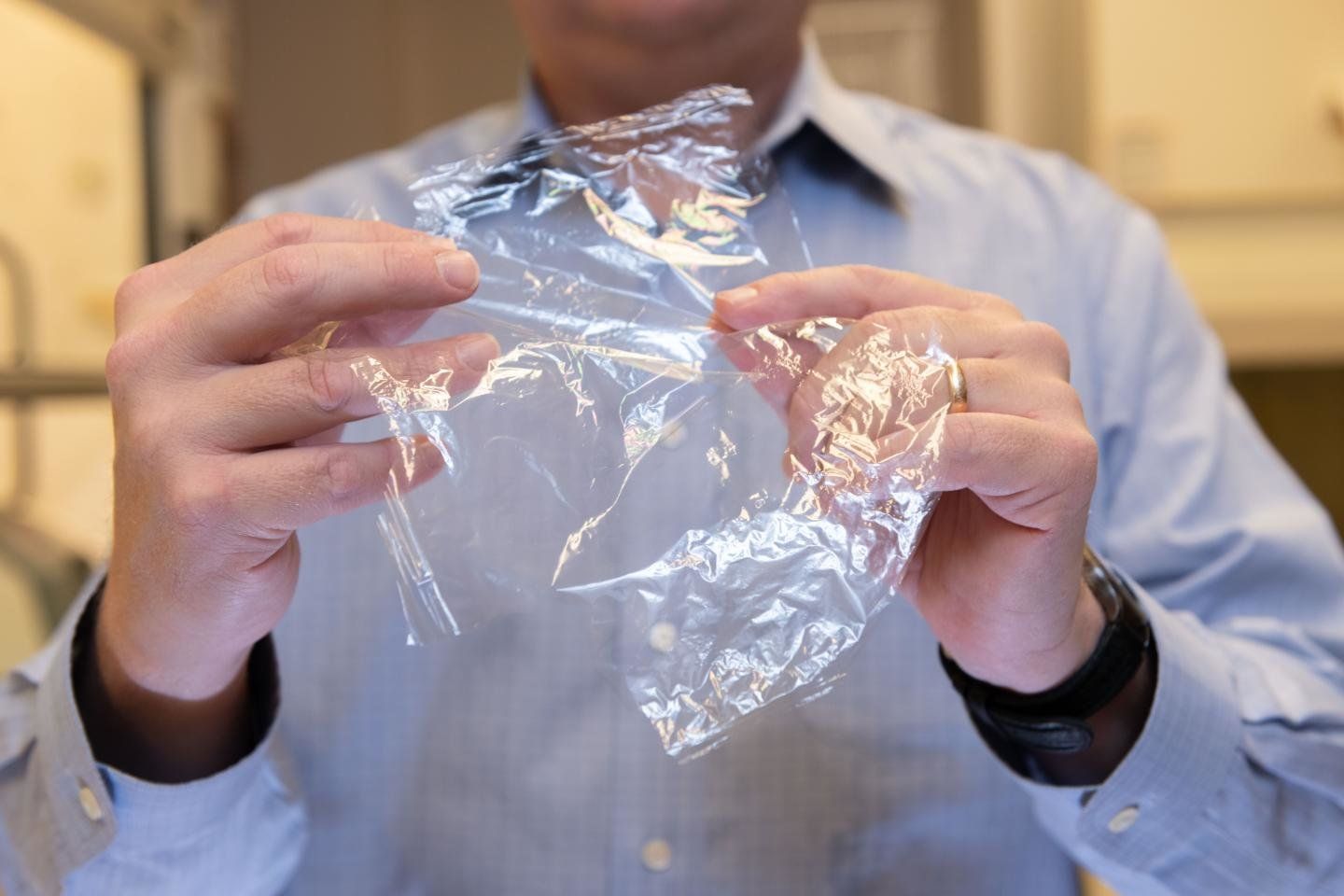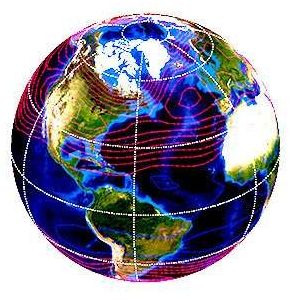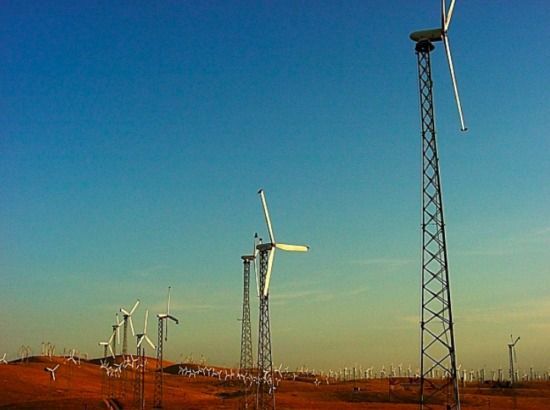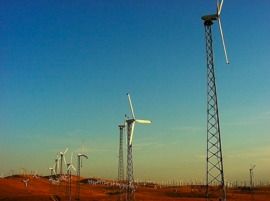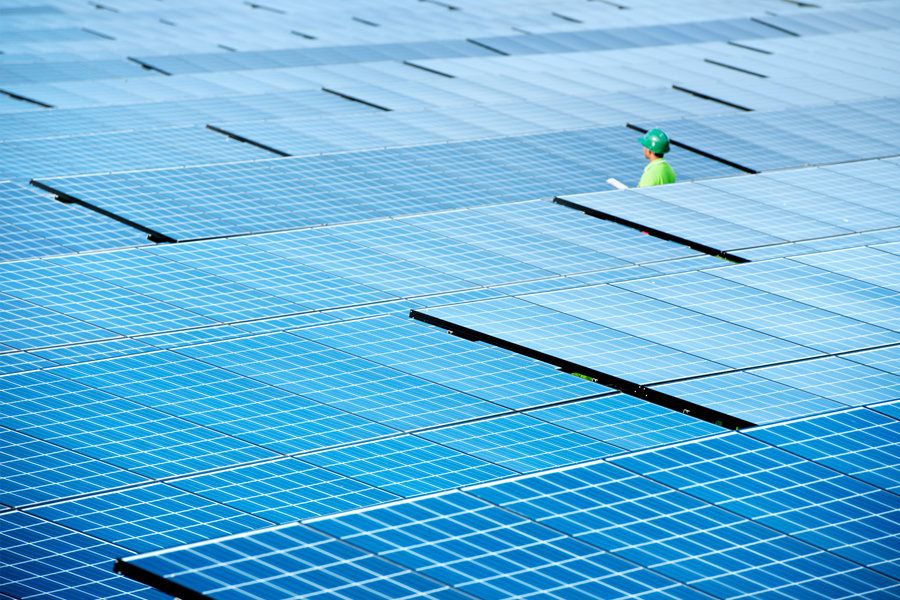Jul 23, 2018
Tesla Model 3 Has Highest Profit Margin of Any Electric Vehicle
Posted by Shailesh Prasad in categories: engineering, food, sustainability
The engineering firm Munro & Associates made waves recently when it tore the new Tesla Model 3 apart both literally and figuratively. The company dismantles and studies cars and other products, and CEO Sandy Munro was very vocal about his feelings regarding Tesla’s newest electric vehicle. He said the build quality was like a Kia from the 90s. Now, the company has completed its analysis. While Munro’s opinion on the fit and finish hasn’t changed, he has expressed downright shock that the Model 3 is highly profitable for Tesla.
The initial Munro & Associates analysis of the Model 3 called out issues like clunky door handles and windows that bounce around inside the door panels. The exterior panels of the Model 3 also drew Munro’s ire. The gaps are substantially larger than the more expensive Teslas — even conventional cars that cost thousands less look more polished on the outside, according to Munro.
Continue reading “Tesla Model 3 Has Highest Profit Margin of Any Electric Vehicle” »


